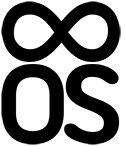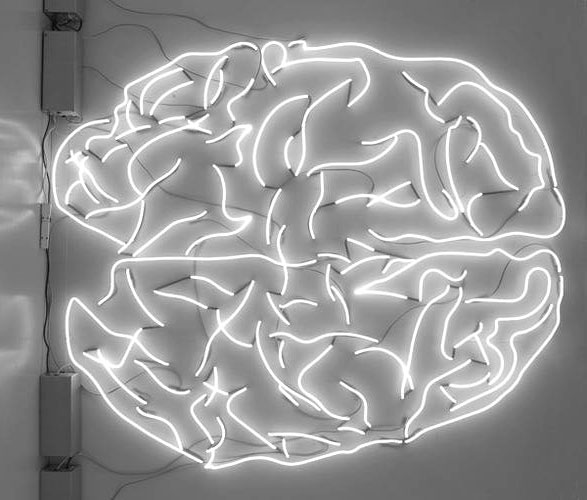Practice as Software, Operating Systems, and Ultimate Solutions
Many practices claim to bring the ultimate solution to its adherents: do this and you will get the best results, do that and you will find peace… Many practices, especially in the religious realm, even go as far as saying that all other practices are detrimental and should be eradicated…
Such approach is very limiting. In the world where cross-disciplinary collaborations save lives and give birth to the most interesting scientific results, inventions, literary and artistic works it is, in fact, detrimental to think that one particular practice can be the ultimate solution for all.
That is why we like the “software” analogy to describe what ∞OS practice really is – it’s just a set of tools that work. Just like with any piece of software: you can “install” ∞OS practice into your hardware (bodymind), see if it does the job, and then continue using it or get rid of it. As it is open source, you can always modify the code and create (“fork”) your own version. On our side, we constantly update and re-work the ∞OS “code” and make frequent releases (following the Agile Programming paradigm). We then get feedback (through real-life implementations, work sessions, and trainings), develop the updates, release a new version again without too much delay. ∞OS is not perfect and it will never be, but its open-source agile nature ensures that it will always be synced in to what people need. ∞OS is in the process of constant reiterative update and it doesn’t claim the ultimate.
Another important aspect of this “software” analogy is interoperability. Every digital tool that wants to survive and to evolve comes with an API – Application Protocol Interface – a special part of this tool that enables it to interact with other tools. In the same way ∞OS is made out of different APIs that allow different practices to co-exist and operate together. You can’t make a tool that will serve all possible uses. It’s the interaction between those tools that can be really useful. A map application is great to understand where you are and to find a route, but if you want to contact your friend you’d use WhatsApp. You can, of course, put those apps together and then you can tell your friend where you are – and this is a great thing about software: you can use the separate bits and pieces to create new solutions and do things in more efficient and novel ways.
In ∞OS we find the most interesting aspects of the practices we encounter and link them together into the new applications that work. For example, the work on fear in Systema martial art can be very helpful for people who are learning surfing and the special approach to catching a wave that is used in surfing can be very useful for a specific movement redirection procedure of ∞OS derived from Systema, which can be applied not only in martial arts, but also in life in general…
This focus on interoperability is the reason we call ∞OS not only software, but also an operating system (which is also a software – but made to run other software tools). The reason is that when you use different programs together, you want them to be running in a stable environment that doesn’t glitch and crash, so that you’ve got a good basis to explore. ∞OS is an operating system that provides you the stable environment to play with. We base our practice on natural movement principles, spirals and waves (largely derived from various movement techniques, e.g. Noguchi Taiso), we distill the basic principles of efficient interaction from many different approaches: ranging from martial arts and dynamical systems studies to psychology and NLP. We make sure that ∞OS bodymind state can serve as a good basis to explore other activities: be it in the realm of sport, everyday life, work or any other personal and social activity.
Artwork by Adel Abdessemed




